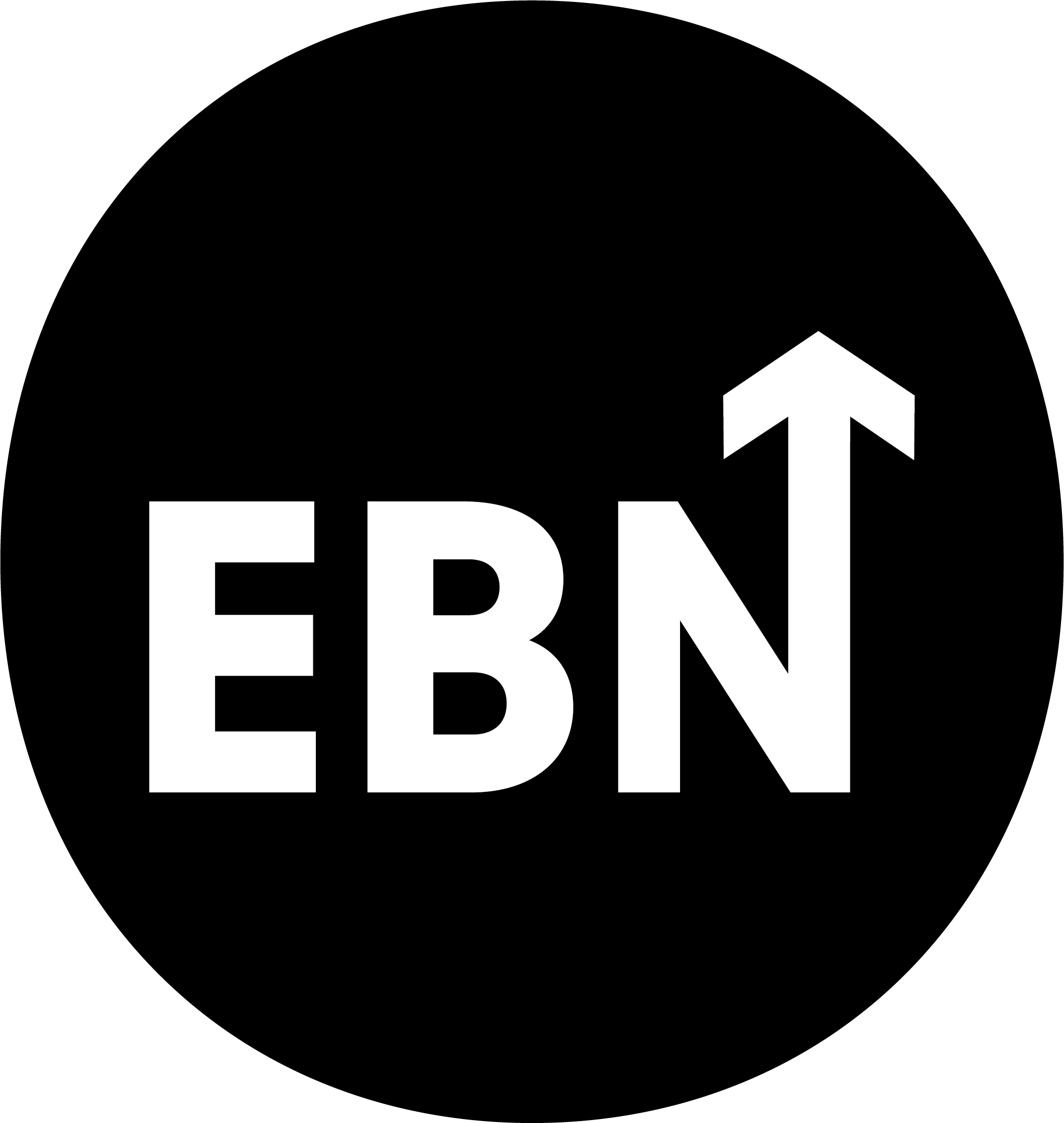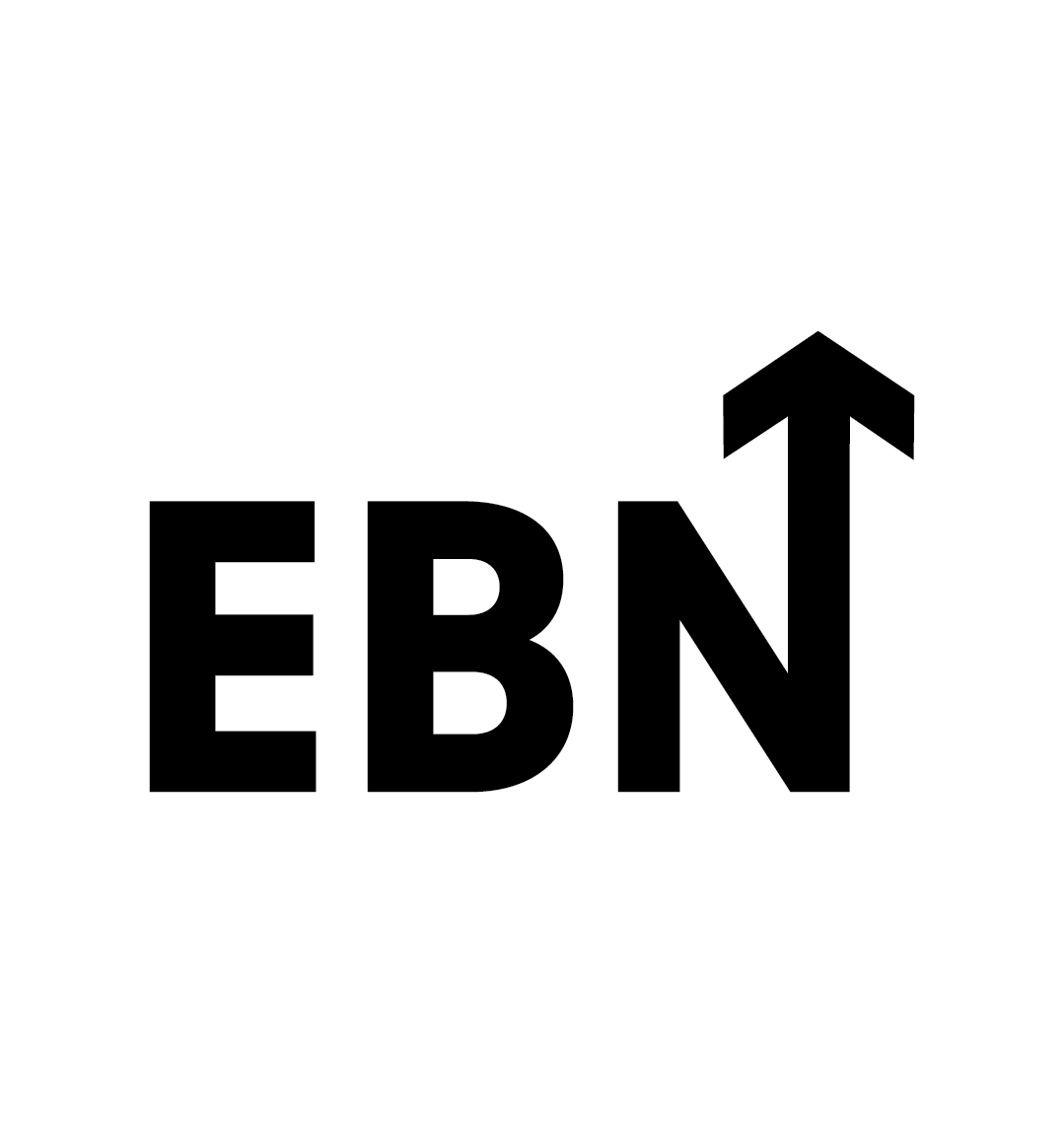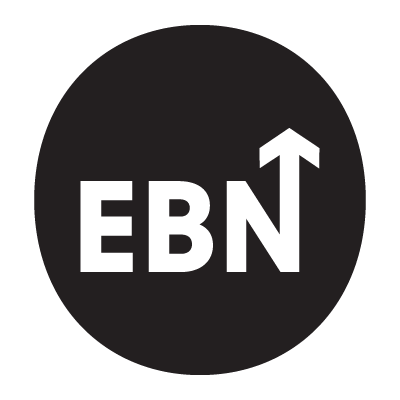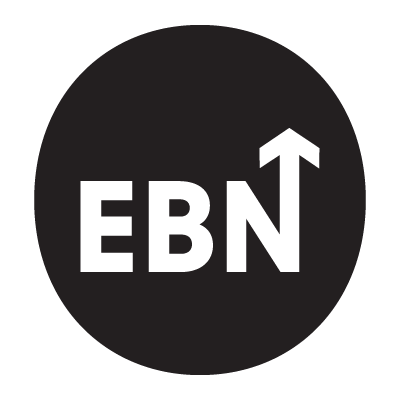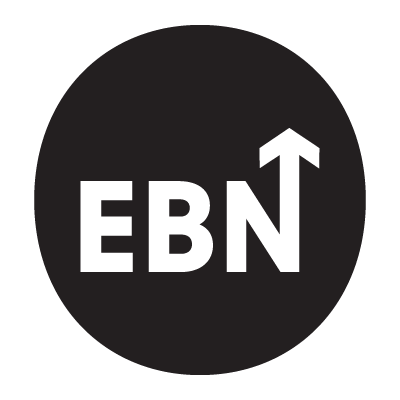The Great EVP Myth
For years, companies have been sold the idea that an Employer Value Proposition (EVP) is a distinct, standalone construct—something separate from corporate brand strategy, employee experience, and broader business objectives. Consultants and agencies package EVP as a magical recruitment tool, a slick set of marketing messages designed to lure top talent.
But here’s the problem: when EVP is treated as a shiny object rather than an extension of a company’s true identity, it becomes a house of cards.
Momentum isn’t always progress, especially when you always end up back where you started.
Fathom helps you escape the loop. With insight, not intuition.
Think about it—how many times have you seen a company market itself as dynamic and innovative, only for employees to describe their day-to-day reality as bureaucratic and soul-crushing? How often do organizations claim people are their greatest asset, yet their third-party reviews tell a different story? The gap between brand promise and lived experience is not just a credibility killer; it’s a fundamental business risk.
Why the Traditional EVP Model Fails
Most traditional EVP strategies fail for one simple reason: they are manufactured narratives rather than authentic reflections of what it’s actually like to work somewhere.
- EVP is often developed in a vacuum.
- It’s treated as a recruitment tool rather than an engagement driver.
- It’s reactive, not proactive.
Data Speaks:
- 61% of employees say the reality of their job doesn’t match how it was presented during recruitment. (Glassdoor)
- Organizations with a strong employer brand see 50% more qualified applicants and reduce hiring costs by 43%, but that only works if branding aligns with reality. (LinkedIn Talent Solutions)
- Companies that align employee experience with strategy and culture see employee engagement levels increase by 5.5 times. (Kincentric)
Helping HR, talent acquisition, employer branding, and company culture professionals find careers worth smiling about.
The Case for Convergence: One Brand, Inside and Out
Instead of treating EVP as a distinct entity, companies should focus on building a single, authentic brand identity—one that seamlessly connects corporate positioning, employee experience, and employer branding.
1. Employer Brand = Corporate Brand = Employee Experience
Everything a company does externally—from marketing campaigns to investor relations—should be a direct extension of its internal culture and employee experience. When these elements are disconnected, credibility erodes.
🚀 Example: Microsoft. Microsoft shifted its employer brand strategy by deeply integrating it with its corporate mission and employee experience. Instead of crafting a separate EVP, they focused on authenticity, leveraging real employee stories and aligning employer branding with their overall transformation under Satya Nadella. The result? Microsoft went from being seen as an outdated corporate giant to one of the world’s most desirable employers.

2. Build for Retention, Not Just Attraction
A great employer brand doesn’t just bring talent in the door—it keeps them there. Companies that focus only on talent acquisition without investing in real employee experience are running a revolving-door hiring strategy.
🔥 Example: Netflix. Netflix is famous for its culture of freedom and responsibility. Their employer branding doesn’t rely on flashy marketing, it’s embedded in how they operate. Their well-documented culture memo is not just a PR tool; it’s a living philosophy that informs every decision, from hiring to leadership.

3. Authenticity Wins. Always.
EVPs fail when they overpromise and underdeliver. The best employer brands don’t manufacture narratives, they amplify what’s already true.
💡 Example: Patagonia. Patagonia doesn’t separate its corporate values from its employee experience. Their employer brand is built around environmental activism, and that commitment extends into everything from employee benefits (paid activism leave) to internal policies. As a result, they attract people who are genuinely aligned with their mission—reducing attrition and increasing engagement.

A New Model for Employer Branding: The Alignment Framework
If EVP as a standalone construct is flawed, what should companies do instead?
1. Connect Employer Brand to Corporate Strategy
- Stop treating employer branding as a recruitment exercise.
- Ensure the messaging about workplace culture aligns with business goals, leadership philosophy, and customer experience.
2. Align Internal and External Narratives
- Make sure what you tell candidates is the same as what employees experience.
- Use real employee voices instead of generic corporate messaging.
3. Make Employee Experience the Foundation
- Instead of crafting an EVP first, build an authentic workplace culture—and let that organically shape how you communicate your employer brand.
4. Measure What Matters
- Employee engagement scores, retention/regrettable attrition rates, employee advocacy, exit interview insights—use real data to ensure alignment.
Final Thought: The EVP is Dead, Long Live the Unified Brand
The idea that EVP should be a distinct, separate construct is outdated. Today’s most successful brands understand that their employer brand, corporate brand, and employee experience are all one and the same.
Organizations that embrace this convergence don’t need to manufacture an EVP, because their reputation speaks for itself.
The real question isn’t “What’s your EVP?” It’s “Does your employer brand actually match reality?”
💬 What do you think? Have you seen organizations struggle with EVP misalignment? Drop your thoughts in the comments. 🚀
Takeaways
EVP as a Standalone Concept is a Myth
Treating EVP as an isolated recruitment tool, rather than an extension of corporate and employee experience, leads to inauthentic messaging and credibility gaps.
Disjointed Branding Damages Trust
When an employer brand promises innovation but delivers bureaucracy, employees and candidates see through the disconnect, harming engagement, retention, and reputation.
Attraction Alone is a Losing Strategy
A flashy EVP may draw talent in, but without an authentic, employee-first experience, companies end up with high attrition and a revolving-door hiring cycle.
Authenticity is the Ultimate Employer Brand
The strongest employer brands don’t manufacture narratives; they amplify what’s already true. Real employee stories and transparent messaging win over generic corporate slogans.
Corporate and Employer Branding Should Be One and the Same
Companies that align internal culture with external messaging create a seamless, credible brand experience for both employees and candidates.
Employee Experience is the Foundation, Not the Afterthought
A thriving employer brand isn’t built in a marketing workshop; it emerges naturally from a well-crafted, purpose-driven employee experience.
The Real Question Isn’t ‘What’s Your EVP?’—It’s ‘Does It Match Reality?’
The most successful organizations don’t need to ‘sell’ their EVP. Their culture, leadership, and employee advocacy make the case for them.
This article was originally published by Devin DaRif on the LinkedIn. It has been republished here on EBN with permission, with minor edits for clarity and formatting.


